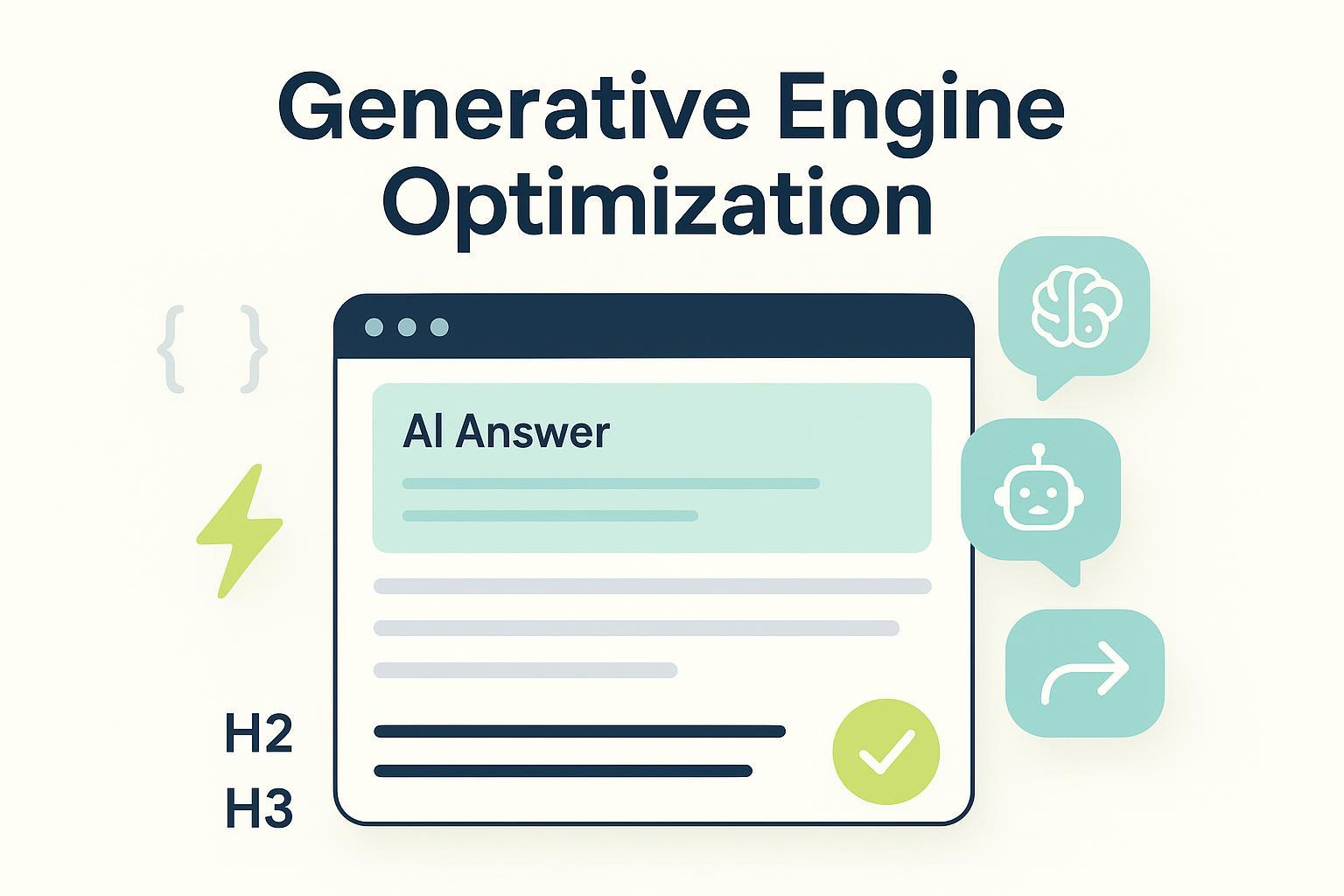Content Moderation Definition: Methods & Uses in Digital Marketing
What is Content Moderation? Learn key methods, best practices, and its role in brand safety and digital marketing. AI, manual, and hybrid approaches explained.


Content moderation is the process of reviewing, managing, and controlling user-generated online content to ensure it aligns with platform policies, brand guidelines, and legal standards.
Detailed Explanation
Content moderation involves identifying and handling online content—text, images, video, and more—to filter out material that is illegal, harmful, offensive, irrelevant, or misaligned with a platform’s or brand’s values. In digital marketing and brand management, effective moderation preserves brand safety, maintains compliance, and protects audiences from exposure to inappropriate or damaging material.
Authoritative sources, such as Wikipedia and TSPA, describe it as a strategic process involving rule-setting, automated pre-screening, user and moderator review, and responsive adjustments as threats and content types evolve.
Key Components of Content Moderation
- Guideline Definition: Clearly defining what is acceptable on a platform or within a brand context (community guidelines, brand standards).
- Detection Methods: Using manual review, automated AI systems, or hybrid combinations to spot problematic content.
- Review and Enforcement: Making moderation decisions—removal, labeling, or flagging—and communicating these to users.
- Feedback and Iteration: Continuously refining moderation algorithms and policies, often by learning from edge cases and changing risk trends.
Moderation Approaches: Manual vs. Automated vs. Hybrid
| Method | Strengths | Weaknesses | Best For |
|---|---|---|---|
| Manual | Contextual sensitivity, nuanced, cultural understanding | Slow, unscalable, costly | High-risk or complex cases, brand voice |
| Automated (AI) | Fast, scalable, consistent | Can miss nuance, risk of bias, false positives/negatives | Large-scale screening, basic policy enforcement |
| Hybrid | Combines accuracy and efficiency | Resource-intensive, requires workflow management | Most digital brands, balanced risk/control |
Real-World Applications
- Protecting Brand Reputation: During a global product launch, a major beverage company uses hybrid moderation to filter social media mentions. AI catches spam and explicit content, while human teams handle subtle brand attacks and crisis situations, ensuring only safe positive engagement reaches the public.
- Digital Marketplaces: Platforms like Amazon rely on moderation to vet reviews and listings, removing fake claims or unsafe products (source).
- User Campaigns: A retailer running a hashtag campaign uses sentiment analysis to adjust real-time marketing based on user mood and content quality.
Related Concepts
- User-Generated Content (UGC): Content produced by users on platforms, often requiring moderation to safeguard brand and community.
- Brand Safety: The set of practices ensuring brand messaging is not placed near inappropriate or harmful content.
- Sentiment Analysis: Leveraging AI to assess the tone or feeling of user posts, aiding in both moderation and marketing.
- Reputation Management: Ongoing process of monitoring and influencing public perception of a brand, closely tied to effective content moderation.
- Community Guidelines: The rules/platform policies that define acceptable user behavior and content.
Challenges and Evolving Trends
- AI Limitations: Automated moderation can be fooled by context, sarcasm, or emerging threats like deepfakes. Human judgment is crucial for edge cases and policy gray areas.
- Bias and Fairness: AI systems may inherit biases from their training data or algorithms—regular audits and diverse moderator input are essential (Besedo).
- Legal Compliance: Varying laws (like EU’s Digital Services Act) require tailored moderation policies per market.
Conclusion: Content moderation is fundamental to protecting digital brands, ensuring legal compliance, and sustaining trust online. By integrating smart AI systems with human insight, brands can balance efficiency, nuance, and evolving risk—turning moderation from a challenge into a strategic advantage.





